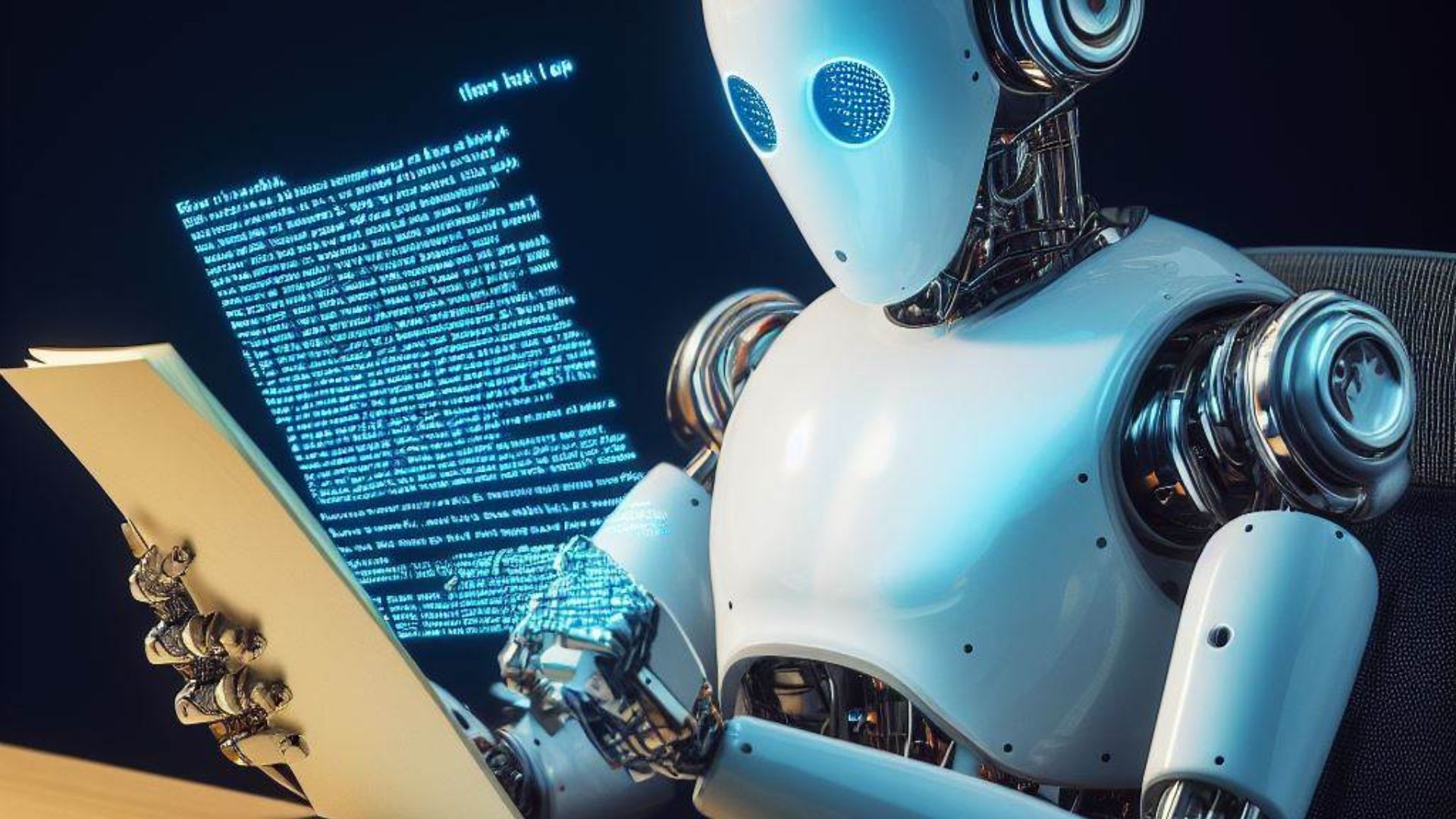
See in the
What you need to know
- OpenAI recently released CriticGPT to help identify bugs in code generated using ChatGPT.
- The tool helps AI trainers identify errors more quickly and easily than they normally would without the help of AI.
- The creator of ChatGPT admits that the tool is not 100% accurate and faces several challenges, including the inability to handle highly complex tasks and periodic instances of hallucinations.
OpenAI recently released CriticGPT powered by GPT-4. As the name suggests, the model “writes critiques of ChatGPT responses to help human trainers detect errors” in ChatGPT’s output code.
According to the creator of ChatGPT:
“We found that when people receive help from CriticGPT to review ChatGPT code, they outperform those who do not receive help by 60% of the time. We are beginning work to integrate CriticGPT-like models into our RLHF labeling process, which will provide our trainers with explicit AI assistance.”
OpenAI plans to use reinforcement learning from human feedback (RLHF) to make ChatGPT more “useful and interactive.” An integral part of this process involves collecting comparisons from AI trainers. This is based on how they rate different ChatGPT responses against each other.
CriticGPT will help improve ChatGPT’s reasoning capabilities, ultimately reducing hallucinations or the generation of incorrect answers and misinformation. In reality, AI trainers are finding it increasingly difficult to identify errors as ChatGPT progresses.
The tool is primarily designed to identify and write critiques that highlight inaccuracies in ChatGPT responses. OpenAI admits that the tool isn’t always 100% accurate, but it helps AI trainers identify errors more quickly and easily than they normally would without AI.
CriticGPT will reportedly improve skills and ultimately equip people with more comprehensive critique techniques. While AI trainers and CriticGPT can perform the job as separate entities, a Human+CriticGPT combination seems to be popular and thorough in providing accurate and detailed critiques.
According to OpenAI’s findings:
“We found that trainers prefer CriticGPT critiques over ChatGPT critiques in 63% of cases where natural errors occur, in part because the new critique produces fewer “nitpicks” (small complaints that aren’t helpful) and hallucinates problems less frequently.”
CriticGPT is still in development

While impressive, CriticGPT still needs a lot of work. OpenAI has highlighted the model’s shortcomings as listed below:
- We have trained CriticGPT on ChatGPT responses that are fairly short. To supervise agents of the future, we will need to develop methods that can help trainers understand long and complex tasks.
- Models still hallucinate and sometimes trainers make labeling mistakes after seeing those hallucinations.
- Sometimes real-world errors can be spread across many parts of an answer. Our work is focused on errors that can be pinpointed in one place, but in the future we will need to address scattered errors as well.
- CriticGPT can only help up to a point: if a task or response is extremely complex, even an expert with the help of a model may not be able to evaluate it correctly.
In the future, OpenAI aims to take CriticGPT to new heights by enhancing its RLHF data for GPT-4 training. In a separate paper, Oxford researchers leveraged semantic entropy to assess the quality and meanings of the generated results to determine the quality of responses and detect traces of hallucinations.
AI models are becoming more advanced and sophisticated, allowing them to better handle complex tasks. NVIDIA CEO Jensen Huang argues that coding could be dead as a career option for the future generation. Huang might not be entirely wrong if OpenAI GPT-4o’s coding capabilities are anything to go by. Instead, he recommends looking at alternative career options in biology, education, manufacturing, or agriculture.



